The 4th International Symposium on Shallow Flows (4th ISSF) is a follow-up of earlier meetings in Delft (NL, 2003), Hong Kong (2008), and Iowa City (USA, 2012). ISSF is the major meeting event in the area of environmental fluid mechanics and hydraulics, attracting primarily participants from academia and environmental research institutes.
See original flyer here

- Laboratory and numerical studies of fundamental physical processes and transport mechanisms in shallow mixing layers, wakes, jets, and open channels
- Transport of heat, solutes, and pollutants in canonical shallow flows and generic flow configurations
- Field studies of shallow flows at field conditions, and in realistic geometries
- Sediment transport and morphodynamics in shallow flows
- Effects of stratification
- Ecological aspects
- Engineering applications
- Shallow flow models for flooding prediction
- Other related topics
(Universidad Zaragoza, Spain)
When solving shallow water equations on irregular beds, the flow features impose heavier restrictions than the classical Courant-Friedrichs-Lewy (CFL) condition on the time step size, derived for the homogeneous case without source terms. This may lead to inefficient computations and other drawbacks. One of the most dramatic consequences is the appearance of negative values of water depth in wet/dry fronts. The construction of new numerical schemes appropriate to the nature of the equations, instead of using extensions of schemes constructed for the simple, homogeneous case is justified.
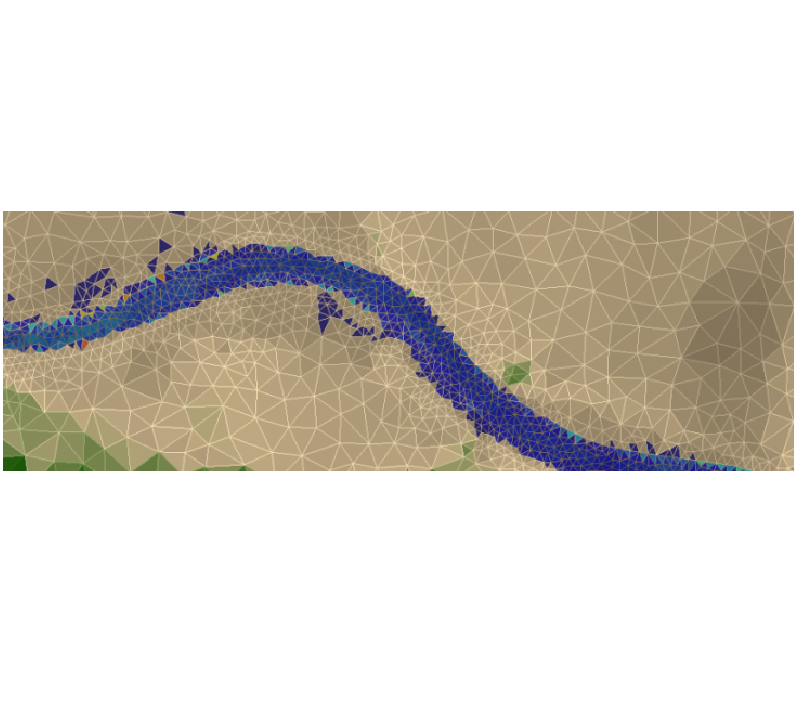
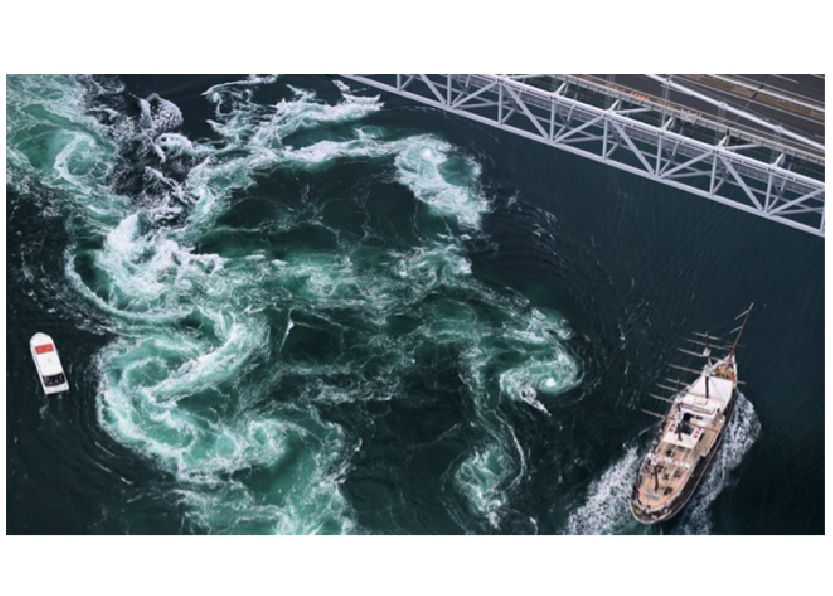
(HKUST, Hong Kong)
Hydraulics of Shallow Shear Flows – Onset, development and practical relevance
Large scale coherent structures are prominent in free surface flows including estuaries, oceans, lakes and rivers. The structures are in the form of vortices with vertical axis which extend from the bed to the water surface and possess diameters that are far larger than the water depth. Understanding of such coherent structures is important for the mixing and transport of mass (e.g., pollutants and sediments), momentum and energy in surface water flows. The life of the structures involves birth, growth with downstream distance for part of the flow domain followed by decay and ultimately full disappearance. The talk focusses on the suite of instabilities that lead to formation and growth of the large scale structures in shallow shear flows.
(Deltares, The Netherlands)
Vegetated wetlands have great potential to combine coastal defence with climate mitigation and provision of ecosystem services. However, prediction of their usefulness on decadal scales challenges our modeling capacity. It is a truly interdisciplinary task between biology and physics, which moreover involves the bridging of scales and the incorporation of stochastic effects. I will review the present state of the art and discuss ways forward in the coupled vegetation-physics modeling.
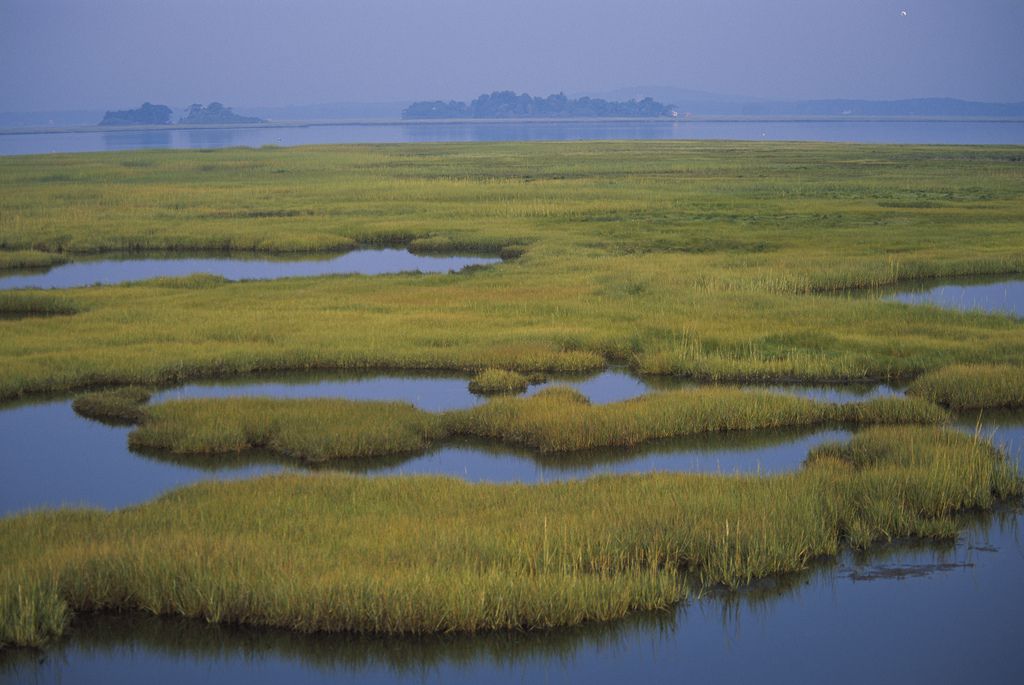
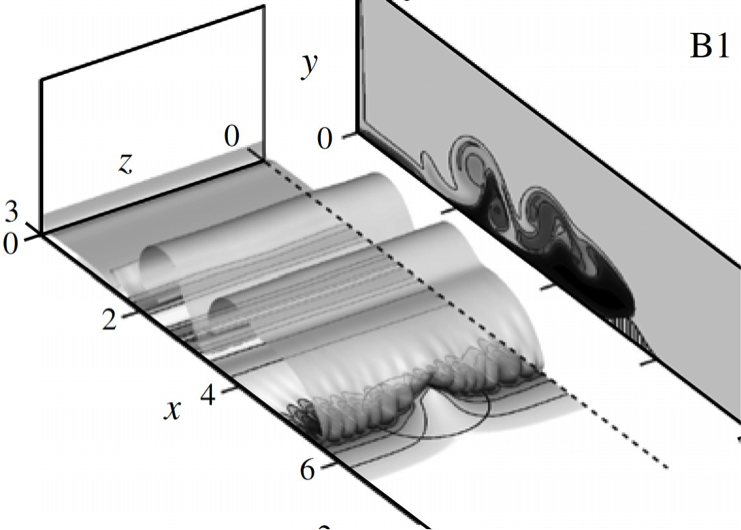
(UCSB, USA)
Double-diffusive sedimentation
We consider the problem of particulate sedimentation in the presence of a stably stratified temperature or salinity field. Scenarios are discussed under which double-diffusive and Rayleigh-Taylor instabilities can develop, and we demonstrate the existence of a novel, purely settling-driven instability. Both linear stability analysis and direct numerical simulations are employed in order to elucidate the competition among these instability modes.
(Texas A&M University, USA)
Coherent structures, Stability, and Mixing at Tidal Inlets
Circulation that enters the open coast by tidal flow through inlets forms shallow, starting jet vortices, and the dynamics of these tidal vortices impacts tidal exchange and the distribution of passive tracers along the coast. We present results of laboratory and numerical experiments for idealized inlets and analysis of field measurements and numerical simulations for two barrier island inlets along the Texas coast. Results focus on the coherency of the tidal vortices and stability considerations of the shallow tidal jet and bed friction

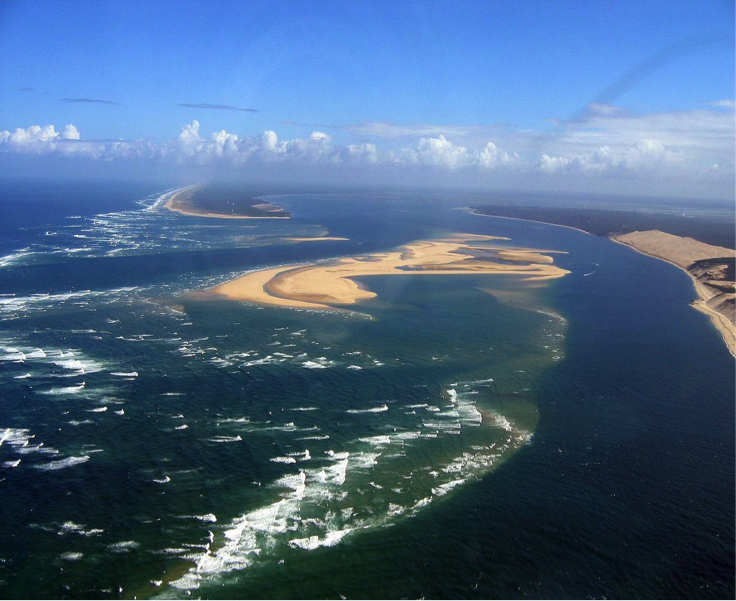
(Utrecht University, The Netherlands)
In many coastal seas with sedimentary beds, tidal currents and waves are often sufficiently strong to erode the bottom, transport the sediment and deposit the material elsewhere. In turn, the resulting changes of the bed level affect the water motion. In this presentation, first a short review will be given of studies that demonstrated how these feedbacks lead to the emergence of morphological features, such as ripples at the beach, sand bars in the nearshore zone and channel-shoal patterns in tidal basins. After that two specific phenomena will be considered in more depth, viz., 1) migrating sandy shoals on ebb-tidal deltas, the latter being located seaward of tidal inlets between successive barrier islands and 2) sand ridges on the inner and outer shelf.

30 Oct 2016 deadline submission of abstracts
10 Nov 2016 new deadline for submision of abstracts
17 Nov 2016 notification of provisional acceptance
20 Jan 2017 deadline submission extended abstracts
15 Feb 2017 notification of final acceptance
1 Mar 2017 deadline early registration
26 - 28 June 2017
Early registration is before 1 March 2017.
REGISTRATION OPEN: CLICK HERE
IMPORTANT: By cancellation after May 24th, 2017, no refunds will be made. The registration can be changed to carry another name, if desired. Refund requests can be made by email: ISSF2017@tue.nl
The ISSF-2017 symposium will be held on the campus of Eindhoven University of Technology, The Netherlands. The University is located very near the city centre. Eindhoven is a medium-sized city in the south of the Netherlands. Weather in June is pleasant, with daytime temperatures around 20 ºC. Sufficient hotel accommodation is available. A direct train connection from Schiphol Airport (Amsterdam) to Eindhoven takes less than 2 hours. A number of European cities have direct connections to Eindhoven Airport.
Prof. GertJan van Heijst
Dr. Matias Duran Matute
Dr. Leon Kamp
Prof. Herman Clercx
Prof. Wim Uijttewaal (TU Delft)
Dr. Rob Uittenbogaard (Deltares)
email: issf2017@tue.nl
The 4th ISSF is organised under auspices of the Fluid Mechanics Committee of the International Association of Hydraulic Research (IAHR), which is formed by:
Prof. Mohamed Ghidaoui (HKUST, Hong Kong) – chair
Prof. Joe Fernando (University of Notre Dame, USA) – vice-chair
Prof. George Constantinescu (University of Iowa, USA) – past chair
Members
• Prof. Wim S.J. Uijttewaal (Delft University of Technology, The Netherlands)
• Prof. Michele Mossa Technical (University of Bari, DICATECh, Italy)
• Prof. Gregory Neil Ivey (University of Western Australia, Australia)
• Prof. Heidi M. Nepf (Massachusetts Institute of Technology, USA)
• Prof. János Józsa (Budapest University of Technology and Economics, Hungary )
• Prof. Gregory Lawrence (University of British Columbia, Canada)
Co-opted Members
• Prof. Jayme Pinto Ortiz (University of São Paulo - Polytechnic School, Brazil)
• Prof. George Christodoulou (National Technical University of Athens, Greece)
• Prof. Peter A. Davies (The University of Dundee, UK)
• Prof. Marcelo H. García (University of Illinois at Urbana-Champaign, USA)